BoE kept Bank Rate at 0.75% and asset purchase target at GBP 435B as widely expected. Both decisions were made by unanimous 9-0 vote. The central bank noted that economic data has been mixed since last meeting, but February Inflation Report projections “appear on track”.
BoE also noted that shifting expectations about the potential nature and timing Brexit have continued to generate volatility in UK asset prices, particularly the sterling exchange rate. Uncertainties also continue to weigh on confidence and short-term economic activity, notably business investment. Employment growth has been strong and indicators of consumer spending point to ongoing modest growth.
Again, BoE noted that the outlook depend significantly on Brexit. And, the policy response to Brexit “will not be automatic and could be in either direction.
Full statement below.
Bank Rate maintained at 0.75%
Our Monetary Policy Committee has voted unanimously to maintain Bank Rate at 0.75%. The committee also voted unanimously to maintain the stock of corporate bond purchases and UK government bond purchases.
The Bank of England’s Monetary Policy Committee (MPC) sets monetary policy to meet the 2% inflation target, and in a way that helps to sustain growth and employment. At its meeting ending on 20 March 2019, the MPC voted unanimously to maintain Bank Rate at 0.75%.
The Committee voted unanimously to maintain the stock of sterling non-financial investment-grade corporate bond purchases, financed by the issuance of central bank reserves, at £10 billion. The Committee also voted unanimously to maintain the stock of UK government bond purchases, financed by the issuance of central bank reserves, at £435 billion.
Since the Committee’s previous meeting, the news in economic data has been mixed, but the MPC’s February Inflation Report projections appear on track. In those projections, a weaker near-term outlook was expected to lead to a small margin of slack opening up this year. Thereafter, demand growth exceeded the subdued pace of supply growth and excess demand built over the second half of the forecast period.
The broad-based softening in global GDP and trade growth has continued. Global financial conditions have eased, in part supported by announcements of more accommodative policies in some major economies.
Shifting expectations about the potential nature and timing of the United Kingdom’s withdrawal from the European Union have continued to generate volatility in UK asset prices, particularly the sterling exchange rate. Brexit uncertainties also continue to weigh on confidence and short-term economic activity, notably business investment. Employment growth has been strong, although survey indicators suggest that the outlook has softened. Most indicators of consumer spending are consistent with ongoing modest growth. As the Committee has previously noted, short-term economic data may provide less of a signal than usual about the medium-term growth outlook.
CPI inflation rose slightly to 1.9% in February and is expected to remain close to the 2% target over coming months. The labour market remains tight and annual pay growth, having risen through 2018, has remained around 3½%. Given continuing weakness in productivity growth, growth in unit wage costs has also risen, although other indicators of domestically generated inflation have remained modest.
The Committee’s February Inflation Report projections were conditioned on a smooth adjustment to the average of a range of possible outcomes for the United Kingdom’s eventual trading relationship with the European Union. The Committee continues to judge that, were the economy to develop broadly in line with those projections, an ongoing tightening of monetary policy over the forecast period, at a gradual pace and to a limited extent, would be appropriate to return inflation sustainably to the 2% target at a conventional horizon.
The economic outlook will continue to depend significantly on the nature and timing of EU withdrawal, in particular: the new trading arrangements between the European Union and the United Kingdom; whether the transition to them is abrupt or smooth; and how households, businesses and financial markets respond. The appropriate path of monetary policy will depend on the balance of these effects on demand, supply and the exchange rate. The monetary policy response to Brexit, whatever form it takes, will not be automatic and could be in either direction. The MPC judges at this month’s meeting that the current stance of monetary policy is appropriate. The Committee will always act to achieve the 2% inflation target.




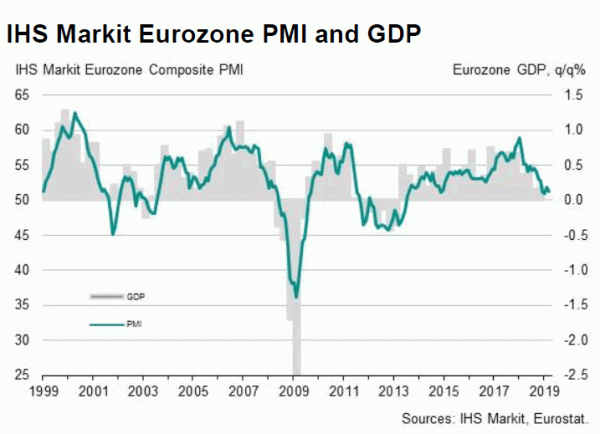
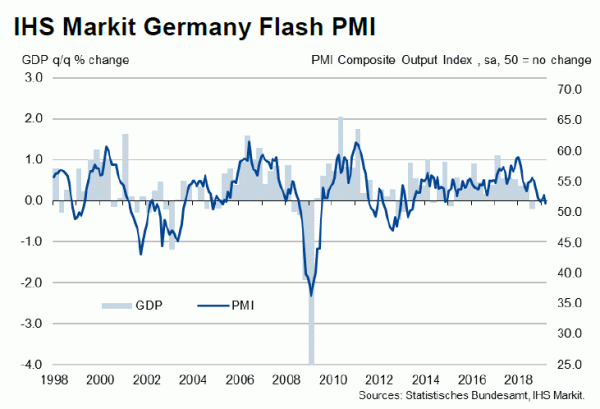
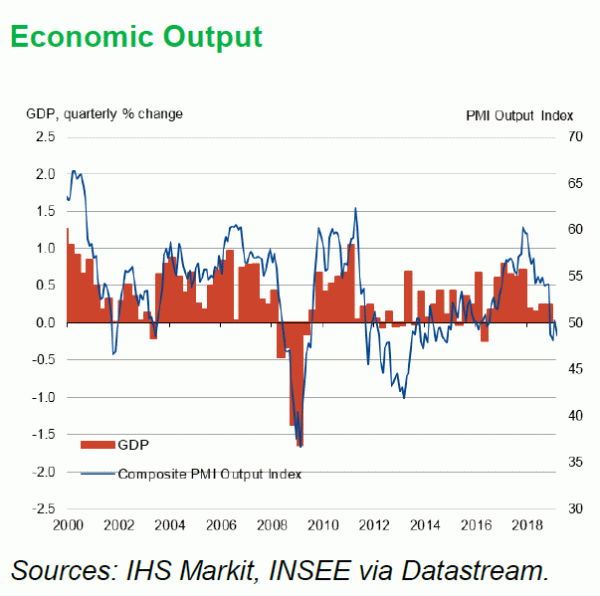
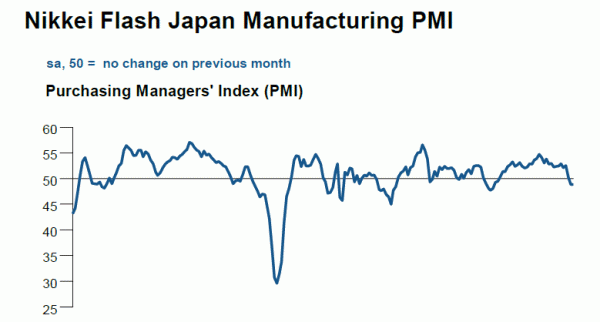

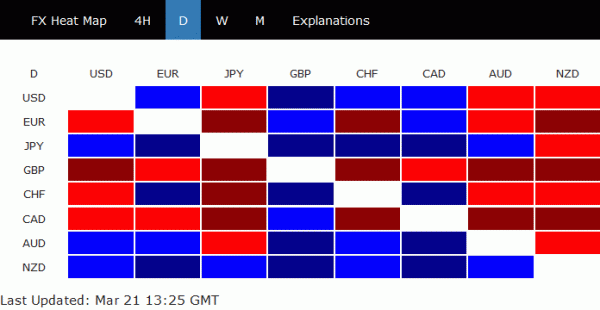
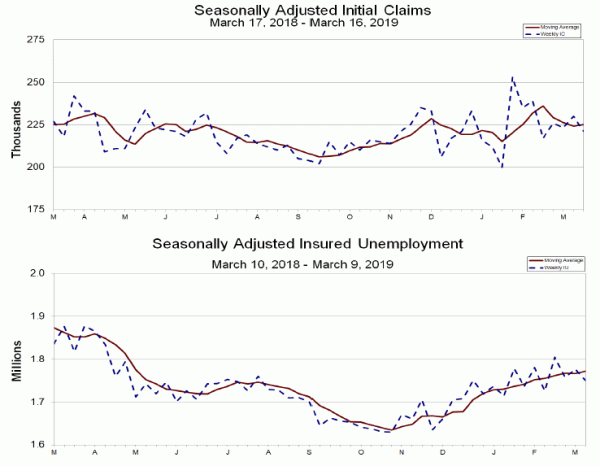
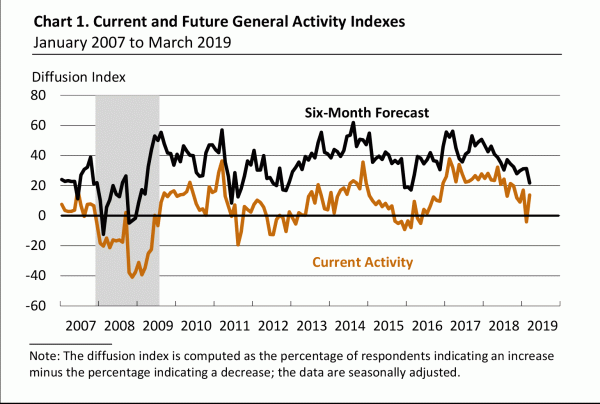
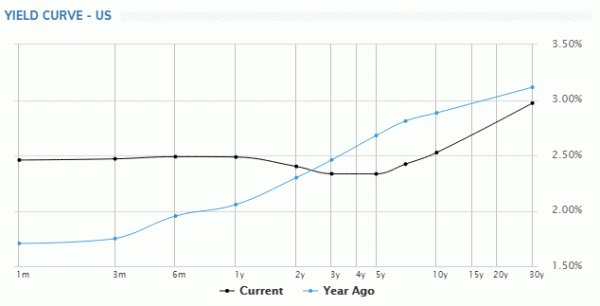
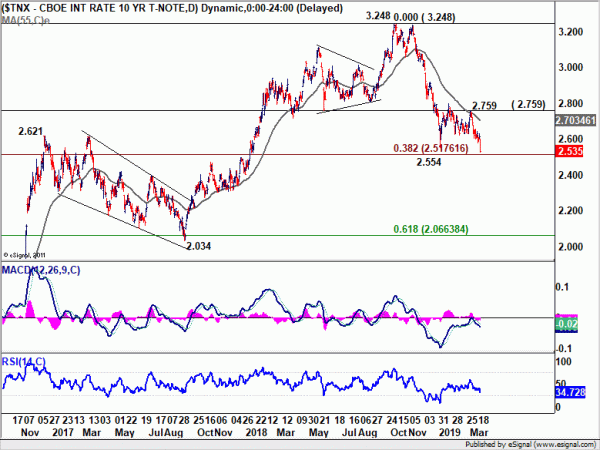
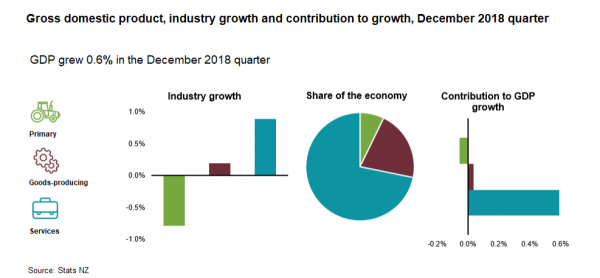
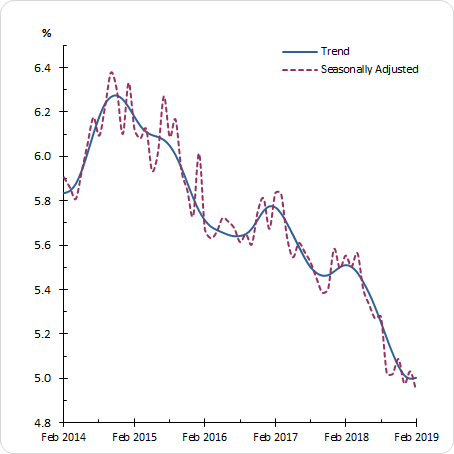

Euro and DAX fall on terrible German manufacturing data, bund yield may turn negative
Euro dives broadly in Europeans as terrible German manufacturing data points to worsening contraction in the sector. DAX also reversed initial gain and is currently down around -0.7%. Germany 10 year yield dropped to as low as 0.002, down -0.042, on the brink of turning negative.
With 1.1335 minor support broken, EUR/USD’s rebound form 1.1176 should have completed at 1.1448. Deeper fall would be seen back to 1.1176 low.
In short, Germany PMI manufacturing dropped sharply to 44.7, down from 47.6 and missed expectation of 48.0. If not for services sector, the German economy should already be in recession. Forward looking indicators are not encouraging with overall job creation at its lowest since 2016. The worst may not be over yet.